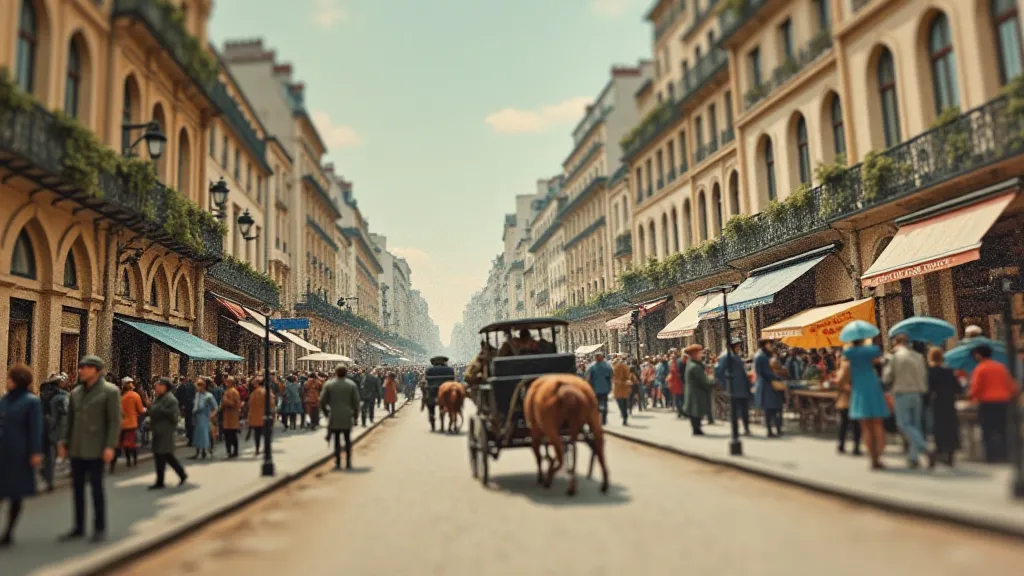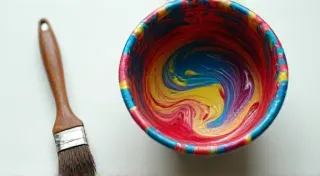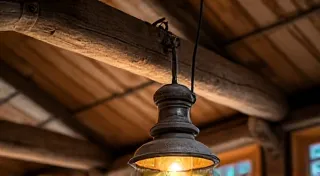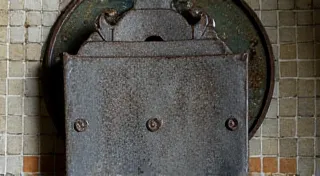A Thousand Windows: Postcards & The Democratization of Urban Views
There's a particular quietude that settles when you hold an antique postcard. It isn’t the silence of emptiness, but the hushed echo of a moment, a place, and a connection across time. Many of these are city views, faded glimpses of streets bustling with a vibrancy now lost to memory, rendered in delicate colors and a distinct artistry. They represent far more than simple depictions of buildings and streets; they mark a pivotal moment in how humanity perceived, experienced, and shared the urban landscape. Before photography became commonplace, before affordable travel, and before widespread media, the postcard offered a revolutionary window into the world – a thousand windows, if you will – bringing the grandeur and excitement of distant cities into the homes of ordinary people.
My own fascination with antique city postcards began, predictably, with my grandmother. She had a small box, overflowing with them, carefully sorted by city and country. As a child, I’s spend hours poring over the images, captivated by the horse-drawn carriages on Parisian boulevards, the imposing scale of New York’s skyline, the quaint charm of a Swiss village. Each card whispered a story – a soldier sending a message home, a traveler sharing a cherished memory, a family extending greetings across miles.
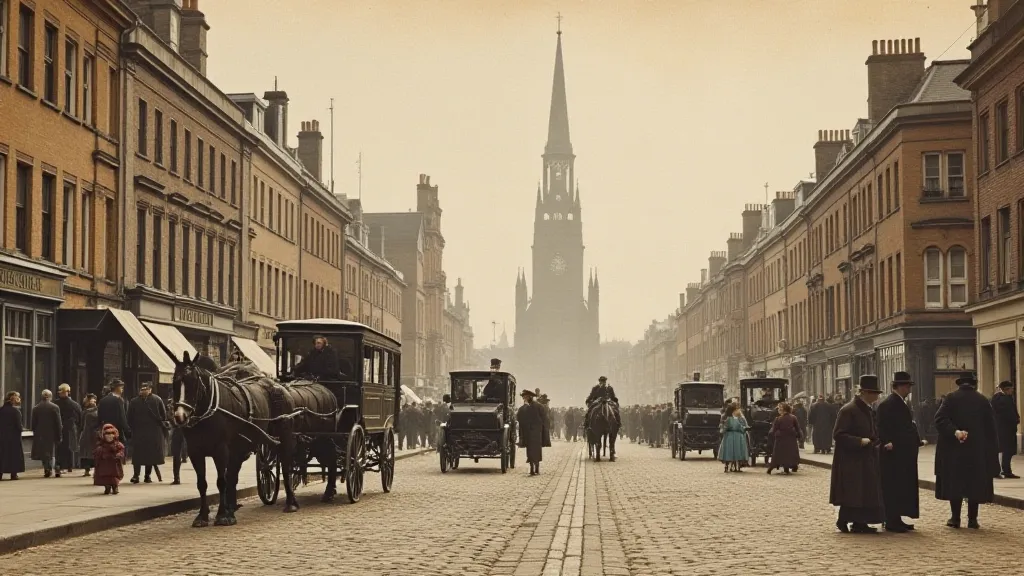
The Rise of the Postcard and the Changing Urban Image
The postcard’s story is inextricably linked to the industrial revolution and the subsequent growth of cities. The first "postcards" as we'd recognize them today emerged in the late 1800s, stemming from privately distributed "postal cards" introduced in Austria and Germany. The ease and affordability of sending these cards, combined with the burgeoning railway networks connecting cities, created the perfect storm for a burgeoning industry. Suddenly, anyone with a few cents could send a visual representation of a place they'd visited, or dream of visiting.
Before this, experiencing a city often meant being there, or relying on lengthy and expensive letters or elaborate drawings. The vast majority of people simply didn’t have that opportunity. The rise of photography certainly played a role, but early photography was expensive and complex. The postcard democratized urban imagery. It made it accessible to the masses, transforming the way people understood and yearned for places beyond their immediate surroundings. Suddenly, a worker in a small coal mining town could receive a postcard from the glittering lights of Chicago, a glimpse of a world beyond their own.
Craftsmanship and Artistic Styles
The early postcards weren’t simply photographic reproductions; they were works of art in their own right. Many were hand-colored, painstakingly adding detail and vibrancy to the initial black and white prints. Artists developed unique styles, often romanticizing and embellishing the scenes. Think of the distinctive “Real Photo Postcard” (RPPC) process – images printed directly onto thin photographic paper, often showing surprisingly candid scenes of city life. These RPPCs offer a level of authenticity and spontaneity that’s rarely found in more formal, chromolithographed cards.
The printers themselves were masters of their craft. The lithographic printing process involved meticulously transferring images onto stone plates, a labor-intensive process requiring incredible skill and precision. The quality of the paper, the inks used, and the overall design all contributed to the beauty and collectibility of these early postcards. Examining a postcard closely – noting the subtle variations in color, the texture of the paper, and the quality of the printing – reveals a depth of artistry often overlooked in today's digital age. The card back, too, is telling. Early postcards had undivided backs, offering space for both address and message. The shift to divided backs in the early 1900s reflects the evolving communication styles of the time.
The prevalence of specific series can also offer clues to a card's age and origin. Numerous printing companies established recognizable "series" - recurring designs, numbering systems, and back designs that distinguish cards from a particular publisher. Identifying these series is a cornerstone of serious postcard collecting, unlocking a deeper understanding of the industry's history and the companies that shaped it.
The Geographic Breadth and Cultural Context
Antique city postcards aren’t limited to Europe and America. They offer glimpses of urban landscapes across the globe – from the bustling marketplaces of Cairo to the majestic temples of Kyoto. The demand for these images fueled the expansion of the postcard industry worldwide, connecting disparate cultures and fostering a shared sense of place, albeit often filtered through the lens of Western perspectives.
Consider the cultural biases often present in these images. Early postcards frequently romanticized or stereotyped the cultures they depicted. Analyzing these biases – understanding the historical context and the power dynamics at play – adds another layer of appreciation for these historical artifacts. The very act of sending a postcard was a form of cultural exchange, a tangible link between individuals separated by distance and culture.
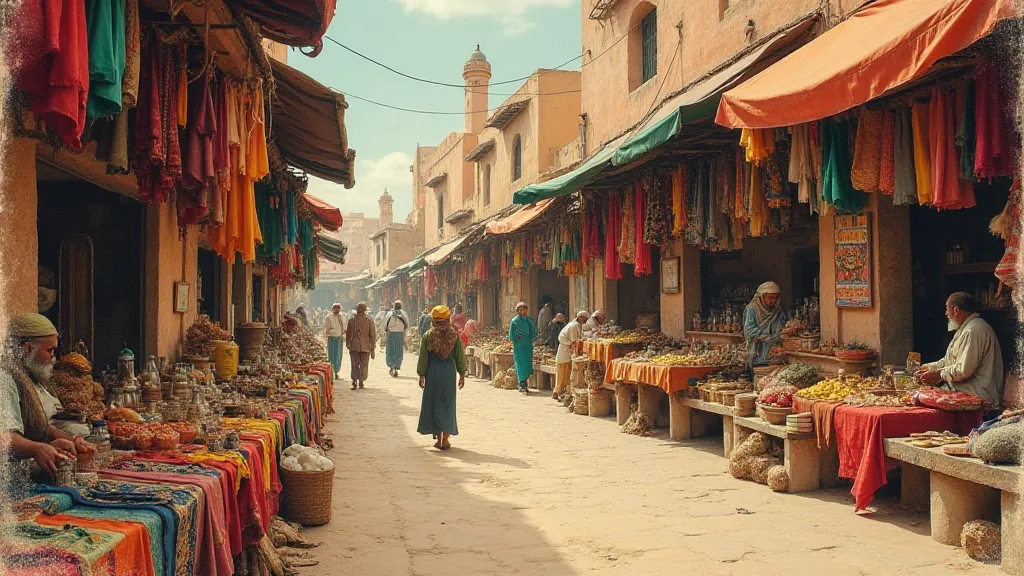
Preserving the Past: Restoration and Collecting
Many antique city postcards are fragile and require careful handling. Fading, tearing, and discoloration are common problems. While full restoration can be tricky (and sometimes detrimental to a card’s value), gentle cleaning with archival-safe materials and storage in acid-free sleeves can help preserve their condition. A serious collector will prioritize preservation over aggressive restoration.
When collecting, focus on building a theme. Do you prefer a particular city, a specific era, or a certain printing style? Researching publishers and photographers can add another layer of depth to your collection. Don’s underestimate the value of local history cards – those depicting familiar landmarks and street scenes can be surprisingly valuable and provide a unique connection to the past. Authenticity is paramount. Learn to identify reprints and fakes, and always purchase from reputable dealers.
The true value of these antique city postcards extends beyond their monetary worth. They’re tangible links to a bygone era, windows into the lives of those who came before us. Holding a postcard depicting a bustling street corner from a century ago is to momentarily step back in time, to experience a moment shared across generations. It’s a reminder that even in a rapidly changing world, the human desire to connect, to explore, and to share our experiences remains timeless.
